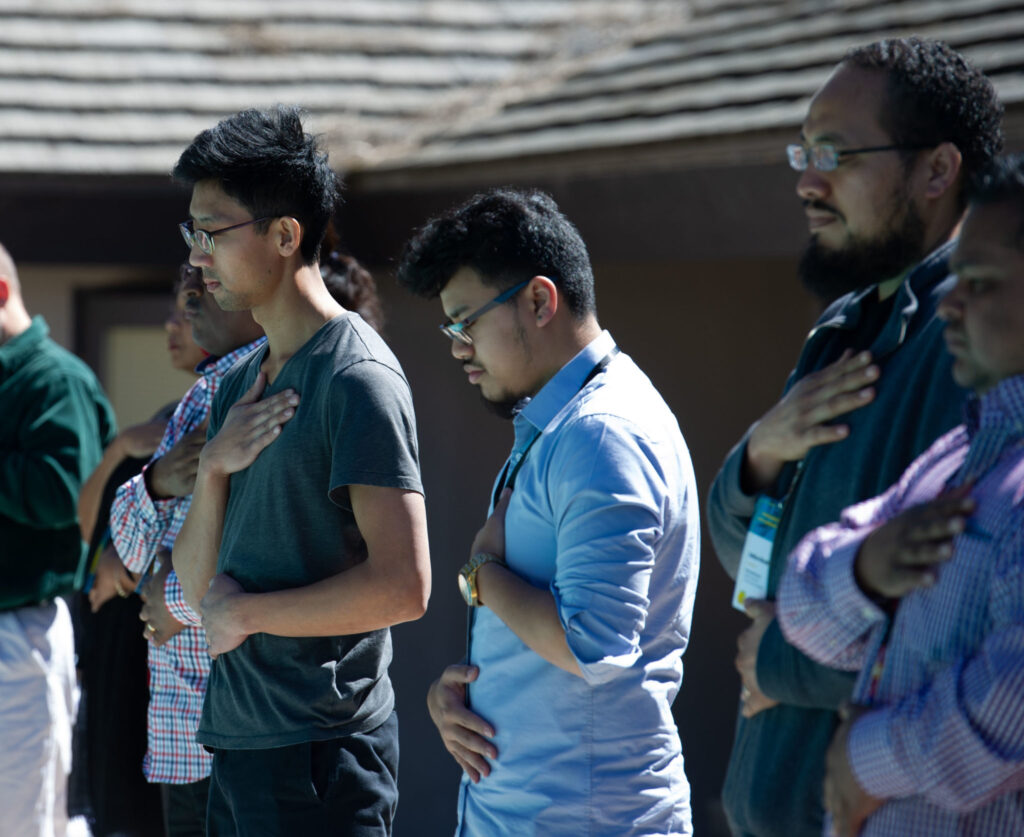Author: Howard C. Stevenson, Ph.D.
In my work on racial literacy, I have been interested in people’s comfortability in speaking up about injustice, particularly racism. My research has asked, “how do we prepare children to manage the stress of racism so they don’t fall prey to its negative effects on their bodies, hearts, minds, and souls? Black History Month is typically a time of reflection and celebration of the many achievements and contributions to the United States made by Black people. In light of the complicated history of people of color in America—and, as Black History Month comes to a close—I propose three things to remember about the ways in which hate and racism poison people of color, and how we can manage historical and contemporary triggers of racial trauma through racial literacy every month of the year.
First, racism poisons our health.
- Racism impacts our physiological and psychological well-being. Researchers found that after accounting for health risk history, daily encounters with acute racial discrimination and major, chronic experiences of racial discrimination was a predictor of breast cancer in Black women—especially those under the age of 50 (Taylor et al., 2007).
- Racism harms health outcomes by altering society’s perception of children’s potential. Preschoolers are expelled at three times the rate of K-12 students; however, most people don’t know that the racial disproportionality of these expulsions place Black boys and girls at significantly higher risk than other preschoolers (Gilliam et al., 2005). These offenses to young children negatively impact their future life outcomes.
- Racism upsets our biological rhythms. When youth experience racial microaggressions, it undermines their sleep quality. We must do a better job of teaching young people to process racially stressful moments in healthy ways.
Second, racism poisons our healing.
Many of us have learned about the September 1963 killing of four little girls—Addie Mae Collins, Carole Robertson, Cynthia Wesley, and Denise McNair—in Birmingham, AL when the 16th St. Baptist Church was bombed. Most are unaware that there was a fifth little girl also in the church—Sarah Collins Rudolph—who was Addie Mae’s sister. Sarah suffered the loss of an eye and had to live with shrapnel in her face and chest throughout her childhood. Her life story is one of redemption and the challenges of healing from racial trauma. Adding to her suffering, the church resisted discussing the trauma of the bombing for fear of retaliation from the KKK. Too often, communities of color must sacrifice healing for the sake of survival.
Third, racism poisons our healers and heroes.
Two American healers, Martin Luther King, Jr. and Jackie Robinson, had to endure untold assaults on their bodies, minds, hearts and souls in order to challenge systems of White supremacy. When you investigate their deaths, you see the trauma from having to weather those storms of racial injustice. When Jackie Robinson died at the age of 52, experts described his heart as enlarged to twice the expected size. When MLK was murdered at 39, his heart was described as that of a 62-year-old man. It is as if racism takes our breath away.
How do we lead a fight against racial and social injustice while also processing historical trauma? How do we get our breath back? At Forward Promise, we believe that it’s impossible to manage the historical and contemporary triggers of racial trauma alone. While it takes a village to raise a healthy child, we want to know what it takes to raise a healthy village. We have discovered that when traumatized communities of color target healing first, they can escape a narrow-focused, myopic, avoidance-coping survival mentality.
Forward promise has funded community leaders who teach cultural healing practices that support the well-being and health of the community. These non-traditional interventions are far more effective than traditional healing strategies which do not challenge White supremacy as a disturbing fundamental impact on health trajectories in this country.
Many of the racial traumas that are re-triggering for youth of color happen in face-to-face encounters of less than two minutes. These racial moments occurring, for example, between police and people of color or between teachers and students are instantaneous and can lead to tragic outcomes. They can be managed, in part, through racial literacy. Racial literacy is the ability to read, recast, and resolve racially stressful encounters and is designed to help folks prevent future harm from these unpredictable moments (Anderson & Stevenson, 2019; Stevenson, 2014).
- Reading a racially stressful encounter involves decoding and discerning the meanings of racial politics in the verbal and non-verbal communications of self and others.
- Recasting is the ability to positively shift our high-stress reactions to manageable interpretations.
- Resolving involves making a healthy decision that is in keeping with our social justice, ancestral, and community values; it neither ignores nor exaggerates our experience.
At the core of racial literacy is being mindful enough to calculate the intensity of our feelings, locate where in our bodies those feelings reside, communicate or register the self-talk and self-imaging that occurs during the racial encounter, and to breathe and exhale slowly. And yes, in less than two minutes. Racial literacy is a critical protective tool that can sustain our health and hearts as we continue to disrupt, challenge, and dismantle systems that cause trauma and harm. For the sake of our health, healing, and our heroes, we need a racial literacy that can rewrite the narratives of dehumanization that daily confront us in the systems we inhabit and in the very encounters we face.


